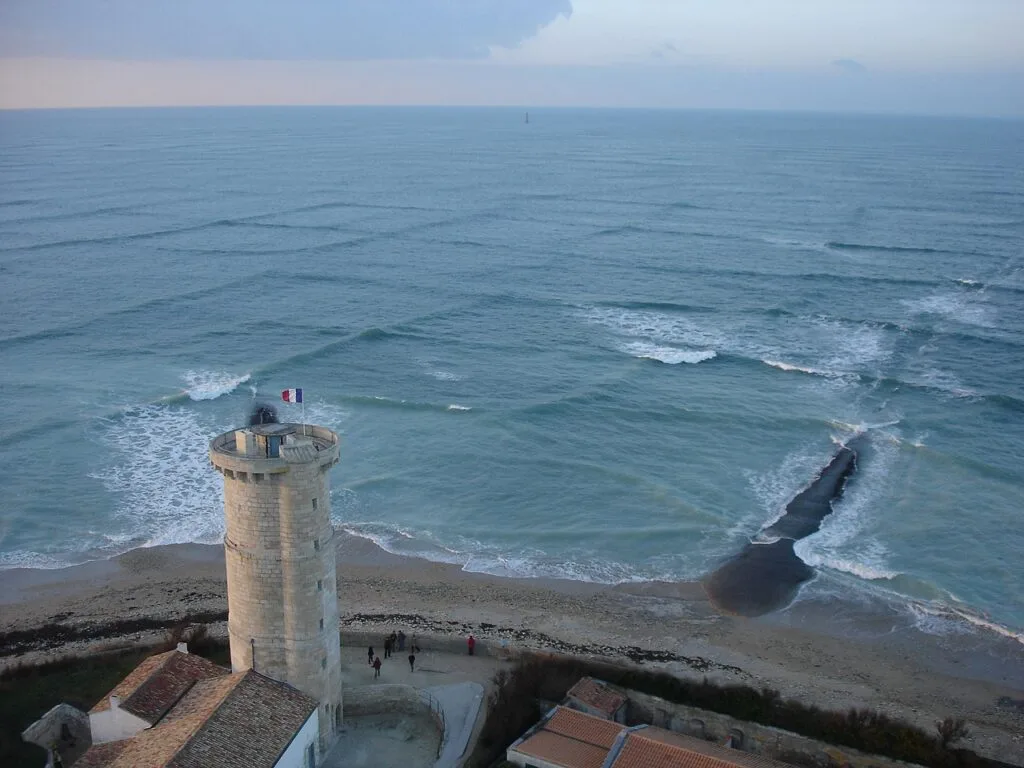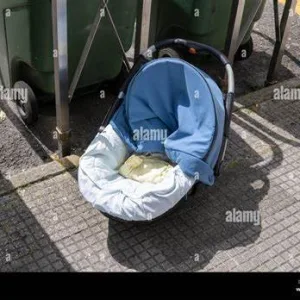The Hidden Dangers of Square Waves: A Beachgoer’s Essential Knowledge
Beach vacations offer the quintessential relaxation experience, with warm sun, soft sand, and the soothing rhythm of ocean waves. Yet, amid this paradise, water safety is paramount.

While rip currents and shifting tides are recognized risks, the peril of square waves, also known as “cross seas,” often escapes notice. These waves form when two distinct wave systems intersect, creating a grid-like pattern on the water’s surface, resembling a checkerboard.
The European Space Agency explains that square waves occur when a wind sea and a swell, or two swell systems, coexist. A 2004 study linked several ship accidents to these conditions.
Square Waves Unveiled
Although infrequent, square waves tend to manifest closer to the coast, with the Île de Ré along France’s western coast being a notable observation site. These occurrences, while rare, pose significant risks.
Square waves present challenges for both swimmers and boaters. With wave heights of up to 10 feet and wind pattern disruptions, swimming or boating in these conditions is ill-advised.
In the face of square waves, experts advocate the old adage: “Better safe on the shore than sorry in the sea.”Recognizing the signs of square waves is vital. Swimmers may experience the sensation of swimming against two different currents, with the waves forming a grid-like pattern. Staying close to shore initially and retreating when large waves appear is the best course of action.
Square waves pose particular dangers for vessels farther from shore, emphasizing the importance of staying in shallower areas for safer navigation.





